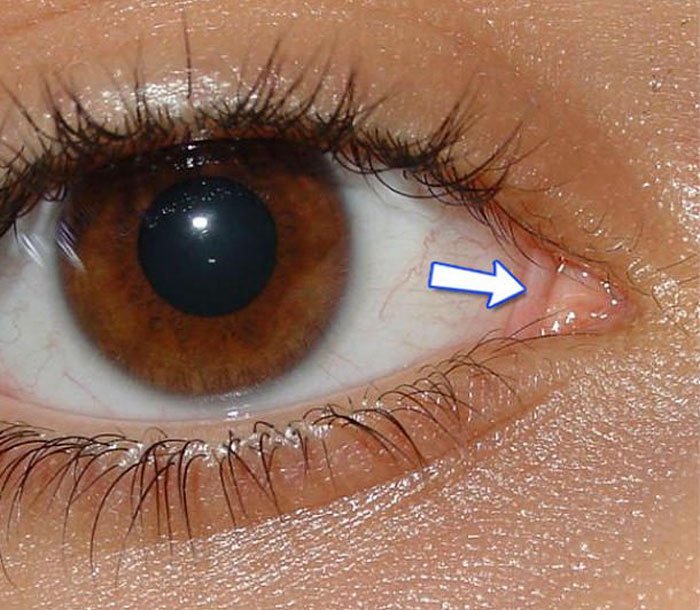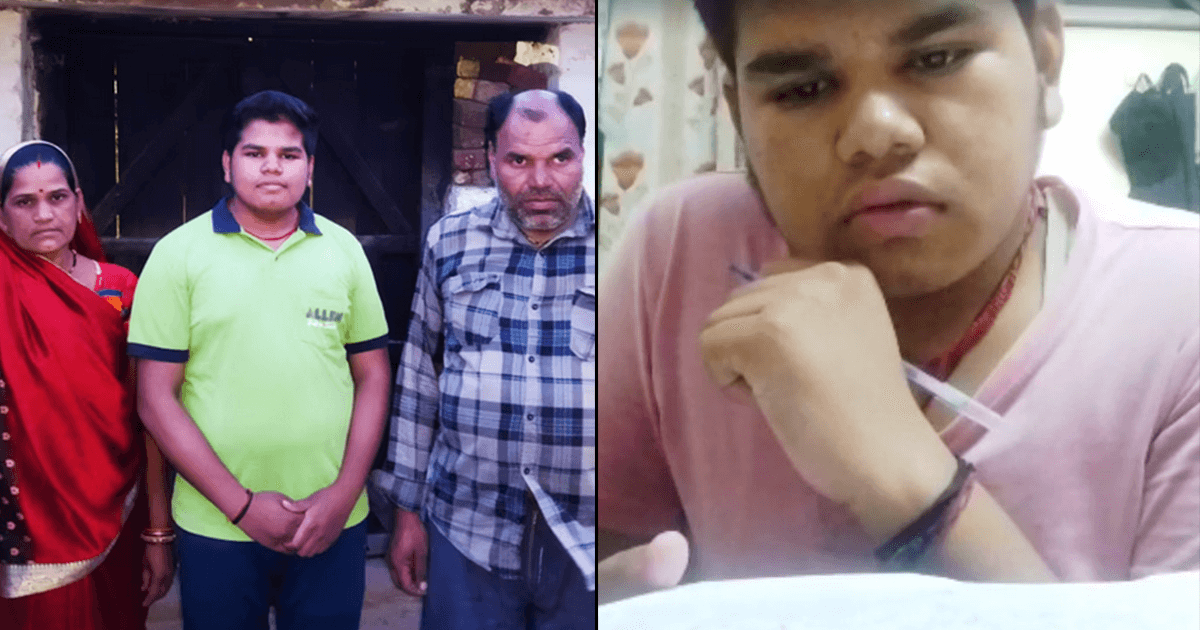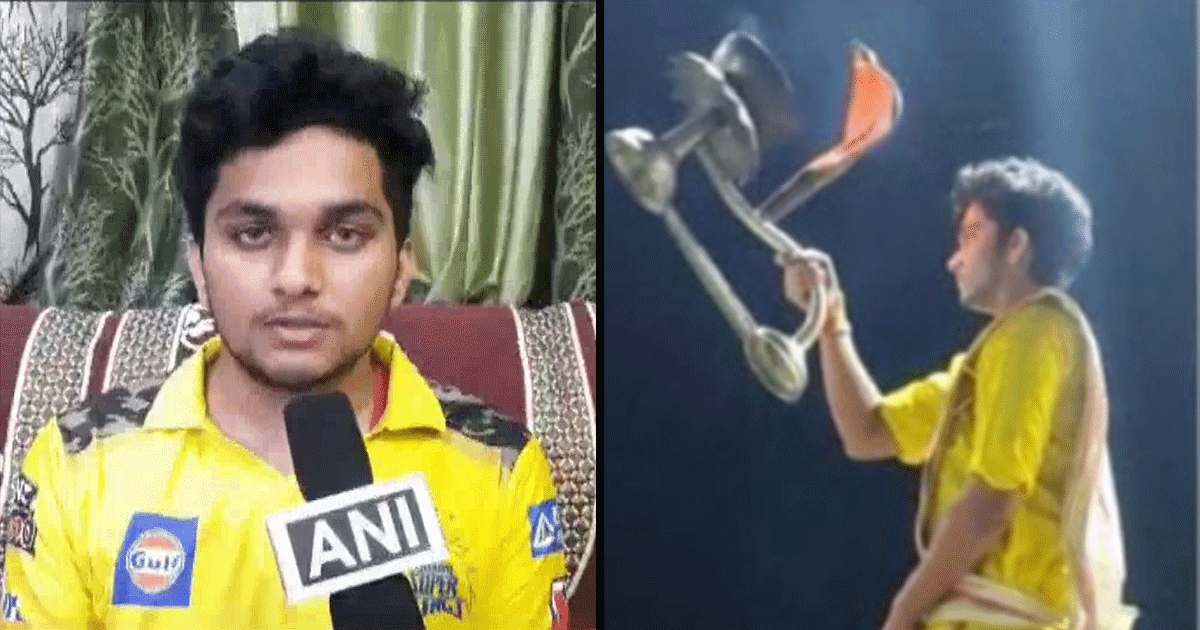हम क्या हैं और हमारे शरीर का विकास कैसे हुआ, इस बारे में जानने के लिए शुरू से ही इंसान जिज्ञासू रहा है. इसी पर रिसर्च करते हुए वैज्ञानिकों को हमारे शरीर में मौजूद कुछ ऐसे अंग मिले, जो मानव विकास के सुबूत थे. इन्हें Vestigial Organ कहा जाता है. इसी रिसर्च को नेक्स्ट लेवल पर लेकर गई हैं कैलिफ़ोर्निया की एक साइंटिस्ट.

उन्होंने कुछ नए Vestigial Organs की खोज की है. इनका नाम है Dorsa Amir, जो एक Anthropologist हैं. Dorsa ने ट्विटर पर विस्तार से बताया कि ये Evolution सिर्फ़ हमारी किताबों का एक चैप्टर नहीं, ये आज भी हमारे शरीर का हिस्सा है. इसने हमारे शरीर और दिमाग़ को रचने (विकसित) में महत्वपूर्ण भूमिका निभाई है.
Did you know the human body is full of evolutionary leftovers that no longer serve a purpose? These are called vestigial structures and they’re fascinating. (1/8)
— Dorsa Amir (@DorsaAmir) January 15, 2019
इनका ये थ्रेड बहुत ही इंटरेस्टिंग है और लोग लगातार इस संबंध में सवाल भी पूछ रहे हैं.
Put your hand flat on a surface and touch your pinky to your thumb. Do you see a raised band in your wrist? That there’s a vestigial muscle called the palmaris longus. It used to help you move around the trees. About 14% of us don’t even have this muscle anymore. (2/8) pic.twitter.com/ZF3Ta91IGy
— Dorsa Amir (@DorsaAmir) January 15, 2019
हमारी कलाई में एक Vestigial Muscle होती है. इसे Palmaris Longus कहते हैं. पेड़ों पर चढ़ने के दौरान ये काम आती थी. अब ये 14 फ़ीसदी लोगों के हाथ में नहीं मिलती.
Check out your ear. Do you see this little bump? That’s called Darwin’s tubercle. It used to help you move your ears around. Now that we have super-flexible necks, we don’t need these anymore. (3/8) pic.twitter.com/2OlVWEu6gT
— Dorsa Amir (@DorsaAmir) January 15, 2019
कान का अंदर की तरफ़ उठा हुआ होना, जो कुछ बंदरों में भी पाया जाता है. ये इधर-उधर से आ रही आवाज़ को सुनने के लिए कान को मूव करने काम आती था.
Here’s a more obvious one: the tailbone. This is the ghostly remainder of our lost tails, which were useful for balance & movement in trees. We still grow tails as embryos, but then attack and destroy them in the following weeks. Not the most efficient system. (4/8) pic.twitter.com/pmF2lCpnyT
— Dorsa Amir (@DorsaAmir) January 15, 2019
टेल बोन आज भी हमारे शरीर में मौजूद है. ये पूंछ के रूप में पहले विकसित होती थी, जो पेड़ पर चढ़ने या फिर चलने के दौरान शरीर का बैलेंस मेंटेन करने के काम आती थी.
Ever wonder what this little pink thing in your eye is? This is the plica semilunaris. It used to be a third eyelid that would blink horizontally. You can see this in action in the eyes of many other animals. (5/8) pic.twitter.com/0ubMulahA0
— Dorsa Amir (@DorsaAmir) January 15, 2019
Nictitating Eye जिसका इस्तेमाल पक्षी करतें हैं. ये किसी चीज़ को देखने के दौरान आंख को प्रोटेक्ट करने का काम करती है लेकिन मानव ने इसका इस्तेमाल करना बंद कर दिया है.
Another cool reflex is the palmar grasp reflex. If you place your finger on an infant’s palm (or feet!), they will try to grasp it. Ancestral primate babies would have used this to grasp on to their parents for transport. (7/8) pic.twitter.com/LFpN1ykSug
— Dorsa Amir (@DorsaAmir) January 15, 2019
Palmar Grasp Reflex एक प्रतिक्रिया है, जो बच्चे उंगली हाथ के पास ले जाने पर करते हैं. ऐसा पहले हमारे पूर्वजों के बच्चे चलते समय उन्हें पकड़े रहने के लिए करते थे.
Dorsa ने इस संदर्भ में लोगों के सवालों के जवाब भी दिए हैं.
During weeks 4-6 of embryonic development, humans develop a small tail. During weeks 6-8, the embryo sends white blood cells to dissolve that tail in a process called phagocytosis.
— Dorsa Amir (@DorsaAmir) January 15, 2019
It may still work to a small degree, as some vestigial structures still serve a reduced role or have found new ways to be useful. Some are non-functional altogether. And some may actually be potentially harmful (i.e. our wisdom teeth or appendix).
— Dorsa Amir (@DorsaAmir) January 15, 2019
Good question! In most cases, vestigiality is determined by comparing to related animals, considering what function those traits are serving for them, and whether they still serve the same function for us. Check out this woolly monkey to see what this grasp reflex is used for. pic.twitter.com/0JRgo0hZio
— Dorsa Amir (@DorsaAmir) January 15, 2019
Yes, true! Some vesitigal structures still have reduced function or have picked up new ones along the way. The appendix is a bit more complicated so I excluded it from the list.
— Dorsa Amir (@DorsaAmir) January 15, 2019
इंसान का जो रूप हम आज देखते हैं, उसे विकसित होने में कई शताब्दियां लगी हैं. बन्दर से इंसान की इस यात्रा के सबूत, फिर भी हमारे शरीर में बचे हुए हैं.







